Emilio Pucci | A Legacy Reimagined
- Jan 31
- 6 min read
Emilio Pucci has always symbolized bold prints, luxurious resort wear, and effortless Italian glamour. However, as the fashion industry evolved and consumer behaviors shifted, the brand struggled to maintain its relevance in an increasingly competitive luxury market. LVMH’s full acquisition of Pucci in 2021 marked a pivotal turning point, initiating a comprehensive rebrand that sought to modernize the label while preserving its iconic heritage. Under the leadership of Creative Director Camille Miceli, Pucci has transformed from a niche resort-wear brand into a year-round luxury lifestyle label. This case study examines Pucci’s past challenges, the strategic decisions behind its rebranding, and the effectiveness of these initiatives in repositioning the brand for long-term success.

The Historical Context and Brand Evolution
Founded in 1947 by Marchese Emilio Pucci, the brand became synonymous with colorful, psychedelic prints and fluid, travel-friendly silhouettes. By the 1960s, Pucci had cemented itself as a favorite among jet-setters and style icons like Marilyn Monroe and Jackie Kennedy. However, as the fashion landscape changed, Pucci’s niche focus on resort wear began to limit its reach.
During the 1980s and 1990s, Pucci experienced stagnation, shifting from a trailblazing innovator to an archival brand with sporadic revivals. A series of leadership changes led to inconsistent creative direction, weakening its brand identity. When LVMH acquired Pucci in 2000, the luxury conglomerate recognized its potential but faced challenges in modernizing the brand. Several creative directors, including Matthew Williamson and Peter Dundas, experimented with new aesthetics, yet Pucci failed to establish a clear identity in the evolving luxury landscape. The absence of a cohesive strategy resulted in fluctuating consumer engagement, leaving Pucci overshadowed by competitors that had successfully adapted to modern luxury trends.

Challenges Before Rebranding
Before its rebrand, Emilio Pucci struggled with several issues that hindered its growth and relevance in the competitive fashion industry. From the 1950s to the 1970s, Pucci experienced its golden age, introducing innovative prints, lightweight fabrics, and travel-friendly fashion that became synonymous with luxury leisurewear, aligning perfectly with the glamorous lifestyles of the elite. However, from the 1980s to the early 2000s, the brand faced stagnation, shifting from a trendsetter to an archival brand with sporadic revivals. Frequent leadership changes led to inconsistent creative direction, further weakening its presence in the industry. In 2000, LVMH acquired Pucci, recognizing its potential, but the brand struggled to modernize. Several creative directors, including Matthew Williamson and Peter Dundas, attempted to inject new aesthetics, yet Pucci failed to establish a clear identity in the evolving luxury landscape, leaving it in a state of uncertainty until its recent transformation.
One of the primary challenges was the lack of clear creative direction. Following the departure of former creative director Massimo Giorgetti in 2017, Pucci lacked a unified vision, relying on an internal design team to produce collections. This resulted in an inconsistent brand image that made it difficult for consumers to connect with the brand.
Another major challenge was Pucci's over-reliance on resort wear. While its vibrant prints and flowy silhouettes were iconic, they primarily appealed to consumers looking for vacation attire. This seasonal limitation restricted the brand’s ability to remain relevant year-round, especially in markets where resort wear was not a staple purchase. Additionally, Pucci struggled to adapt to shifting market trends, particularly in the areas of sustainability and digital engagement, causing it to lag behind competitors who embraced these changes more swiftly.
Rebrand Strategy
To counter these challenges, Pucci implemented a comprehensive rebranding strategy under the creative direction of Camille Miceli. This strategy focused on product diversification, innovative business models, and experiential marketing to reposition Pucci as a luxury lifestyle brand rather than just a fashion house.
Miceli reintroduced Pucci’s signature hand-drawn prints with a modern twist, updating color palettes and fabric choices to align with contemporary fashion sensibilities. The brand expanded its product offerings beyond vacation attire, incorporating knitwear, outerwear, and more versatile silhouettes that transition seamlessly between occasions and seasons. This shift included introducing homeware collections featuring its signature prints, as well as eyewear in partnership with Marcolin. By diversifying its offerings, Pucci aimed to integrate its aesthetic into various aspects of consumers’ lives, making it more than just a fashion brand.
Another crucial aspect of the rebrand was increasing Pucci's year-round relevance. Traditionally seen as a brand catering to seasonal resort wear, Pucci recognized the need to create consistent consumer engagement beyond vacation-focused collections. By shifting to a "see-now, buy-now" model, Pucci ensures that collections remain immediately accessible, reducing the lag time that often leads to diminished consumer interest. The introduction of more transitional and versatile pieces, such as knitwear, outerwear, and elevated casualwear, allows the brand to stay relevant throughout different seasons. Additionally, this shift impacts the sales cycle by reducing reliance on seasonal spikes and creating a more stable revenue stream. By maintaining continuous engagement through exclusive capsule collections, influencer partnerships, and digital marketing strategies, Pucci has successfully positioned itself as a lifestyle brand that integrates into consumers' everyday wardrobes rather than being confined to holiday attire.
Past Collaborations (Supreme, Fulsap, Laduree, Guerlain, La Bonne Brosse, Kartell's Madame Chair)
In terms of market positioning, Pucci has strategically rethought its retail distribution, focusing on high-value markets like Europe, North America, and the Middle East. This geographic focus aligns with the brand's new strategy of targeting affluent, fashion-forward consumers who appreciate luxury lifestyle products. By concentrating on these established markets, Pucci ensures strong brand recognition and a consumer base with high purchasing power. Additionally, these regions have demonstrated a growing demand for exclusive, high-end fashion, making them ideal for Pucci’s repositioning. This strategy also allows Pucci to leverage luxury tourism, particularly in destinations where resort wear and lifestyle branding hold strong appeal, further reinforcing its transformation into a year-round luxury brand. This targeted approach ensures a more effective reach and brand presence. Additionally, under Miceli’s direction, the brand has revitalized its heritage by reintroducing hand-drawn prints that emphasize authenticity and craftsmanship, resonating with consumers who seek genuine luxury experiences.
Marketing and Cultural Repositioning
To further amplify its brand visibility, Pucci implemented a robust marketing strategy centered around digital engagement, VIP partnerships, and experiential events. As a result of these efforts, Pucci has successfully reshaped its consumer profile. Traditionally, the brand catered to affluent women looking for statement resort wear. However, with its rebrand, Pucci has expanded its target audience by appealing to younger consumers who value style, versatility, and accessibility. By modernizing its image, increasing inclusivity through sizing and price adjustments, and enhancing its digital presence, the brand has widened its consumer base and strengthened its global reach. These changes align with broader industry trends that emphasize accessibility, digital engagement, and lifestyle branding. For instance, the rise of direct-to-consumer brands has shifted consumer expectations toward transparency and inclusivity, making Pucci’s pricing adjustments and expanding sizing a strategic move to attract younger and more diverse buyers. Moreover, the brand's increased digital presence mirrors the luxury industry's pivot toward e-commerce and social media-driven marketing, differentiating it from competitors that still rely heavily on traditional retail models.
The shift in consumer perception is evident in how Pucci is now viewed as a comprehensive lifestyle brand rather than just a seasonal resort-wear label. The introduction of homeware, accessories, and a more diverse clothing selection has allowed the brand to become a part of consumers' everyday lives, rather than just a vacation wardrobe choice.
Pucci FunFair at Miami Art Basel 2024
Effectiveness of the Rebrand
While specific sales data on Pucci’s performance post-rebrand is not publicly available, there are several indicators that suggest its strategy has been effective. Industry recognition and increased media attention highlight the brand’s successful repositioning. Additionally, Pucci’s expansion into new product lines, such as eyewear and homeware, signifies a broader market presence and new revenue opportunities.
The brand has also implemented a series of exclusive capsule collections, generating excitement and a sense of urgency among consumers. These strategies align with broader industry trends, where limited-edition releases and digital marketing play a crucial role in driving sales and maintaining consumer interest. The brand’s ability to balance its rich heritage with contemporary appeal suggests that its rebranding efforts resonate with loyal customers and new audiences alike.

Emilio Pucci’s rebrand showcases the power of strategic transformation in the fashion industry. By addressing past challenges, expanding product categories, and modernizing its brand image, Pucci has successfully evolved into a contemporary lifestyle brand. Its efforts to increase year-round relevance, diversify its customer base, and embrace a more dynamic market approach have positioned it for long-term success. Through careful execution and a clear vision, Pucci has proven that even legacy brands can reinvent themselves while staying true to their heritage.


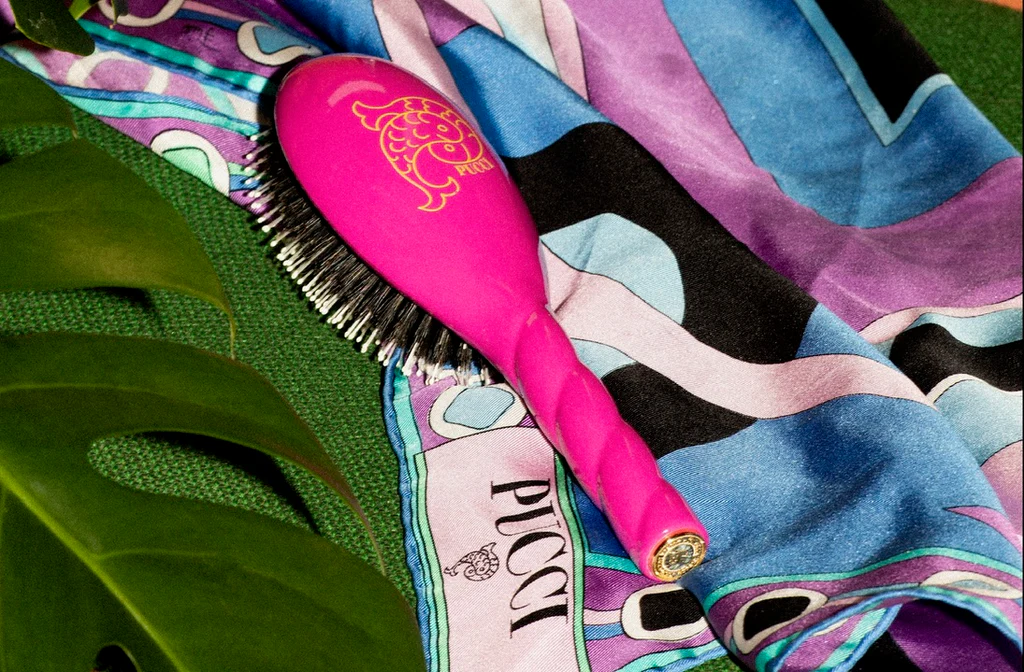
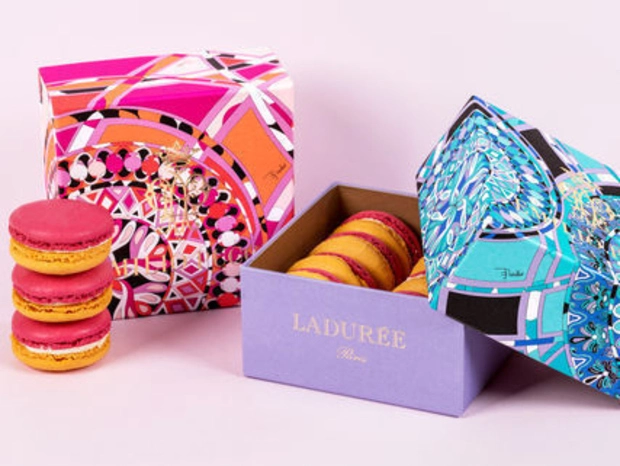
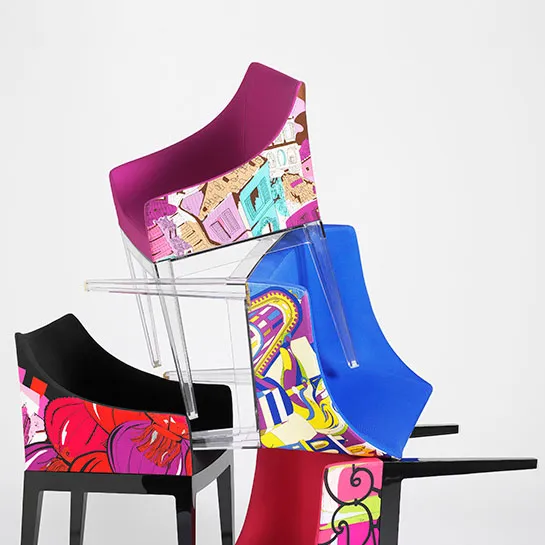
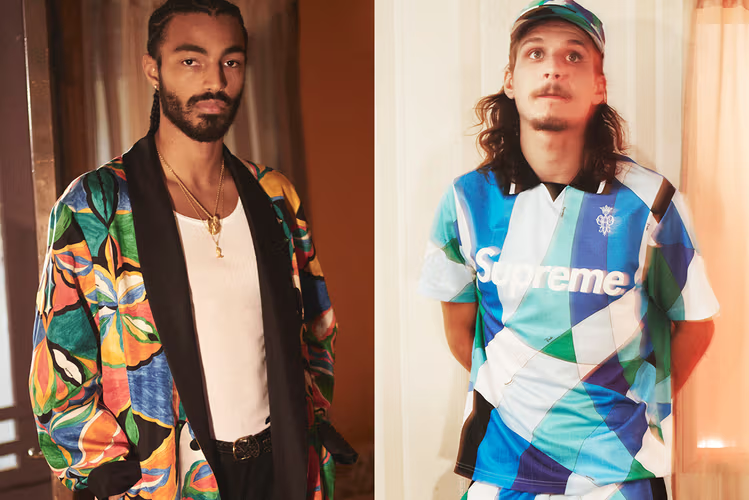




















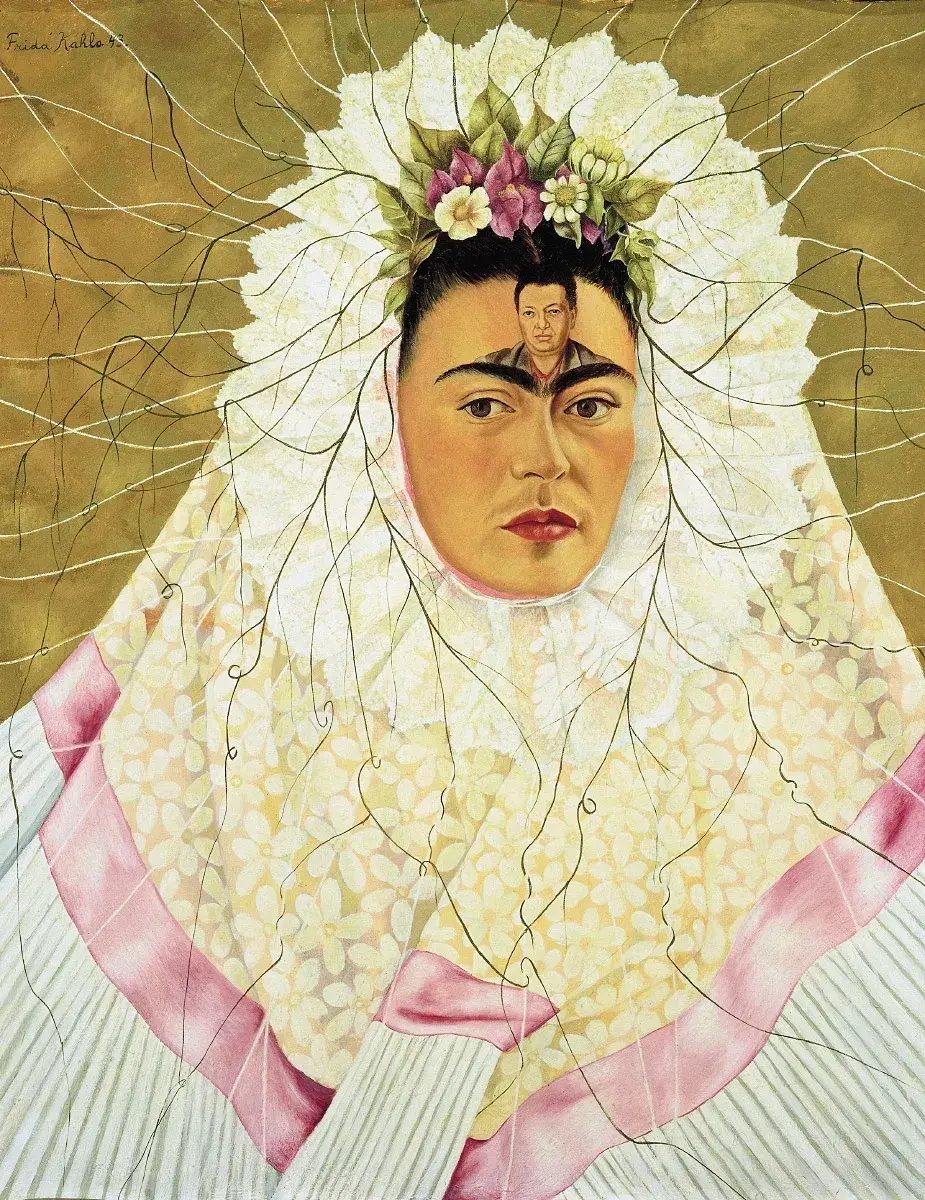
Comments